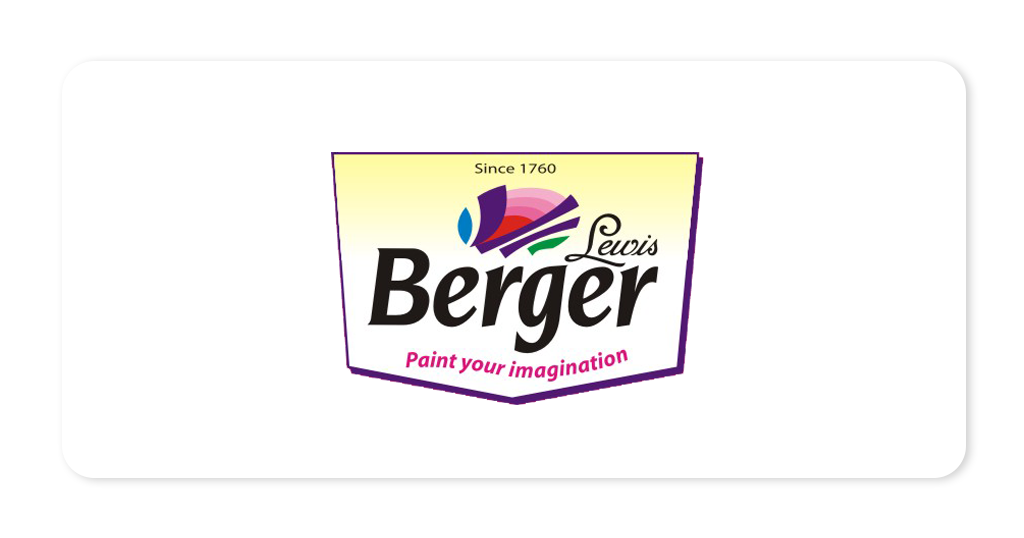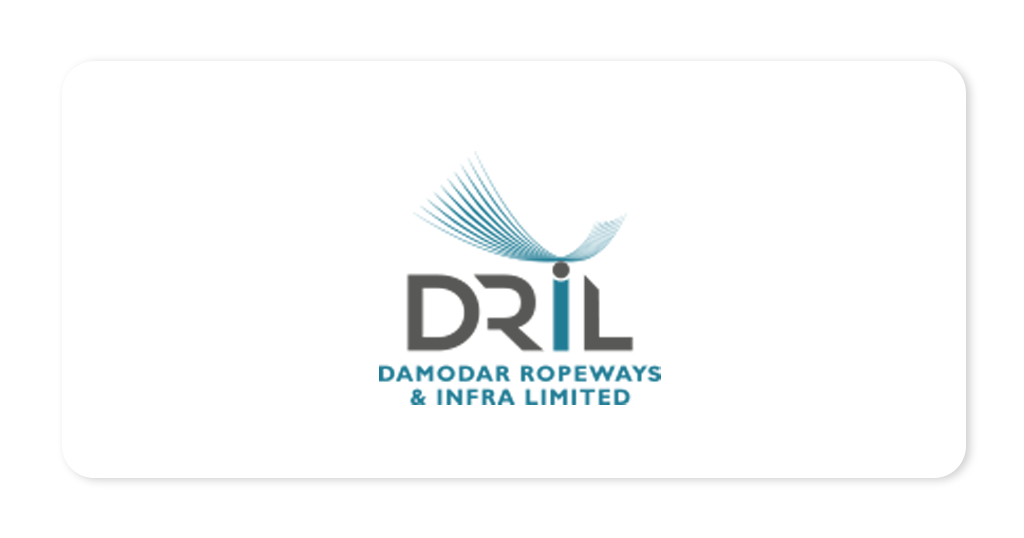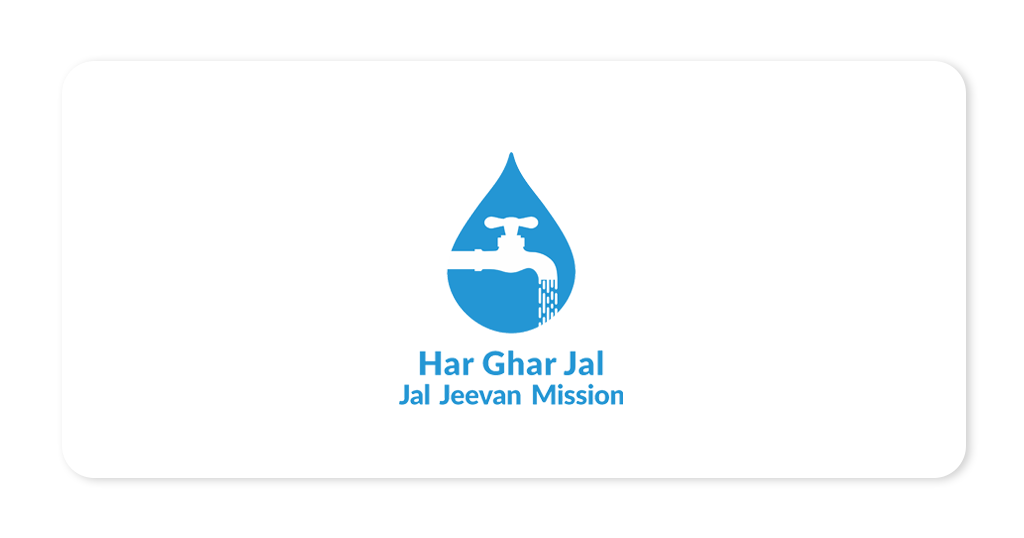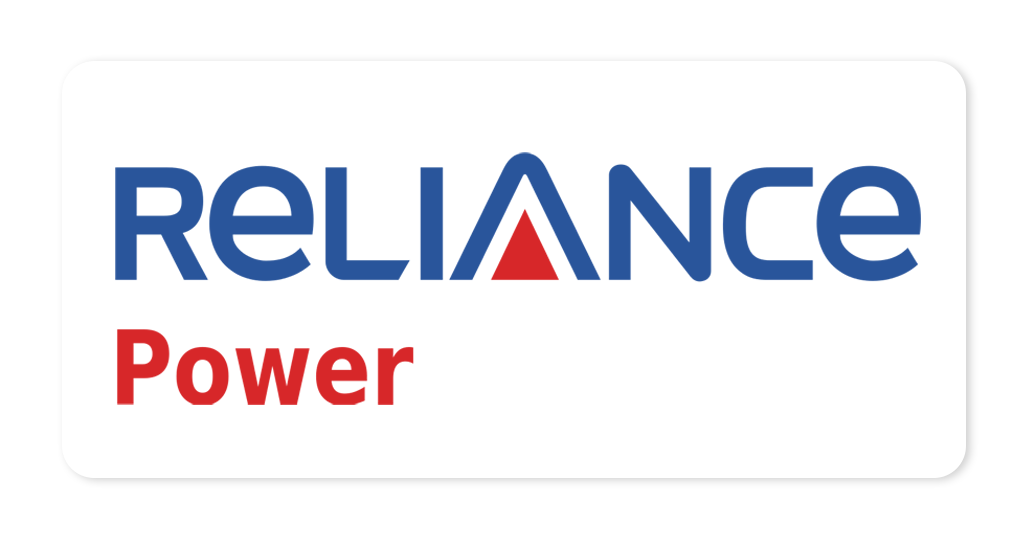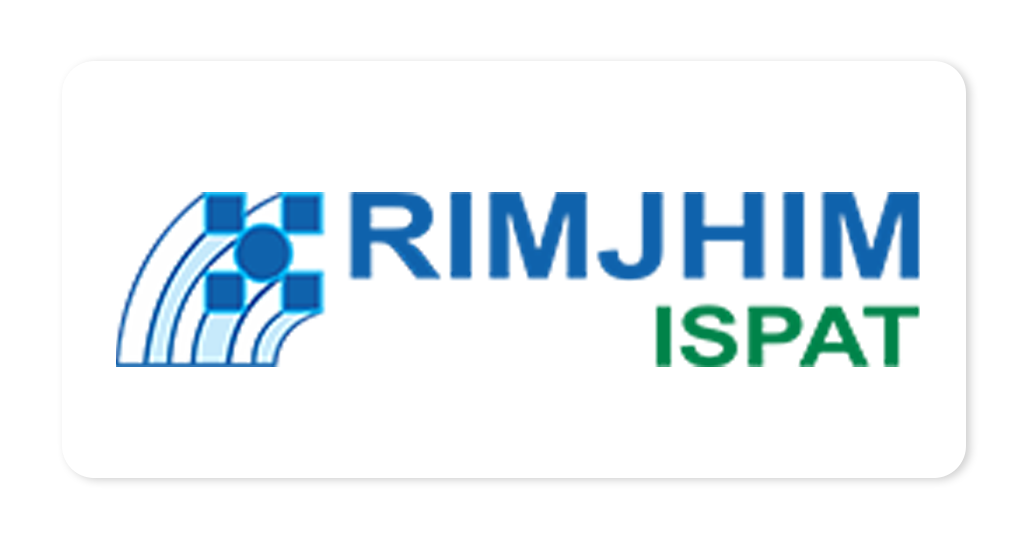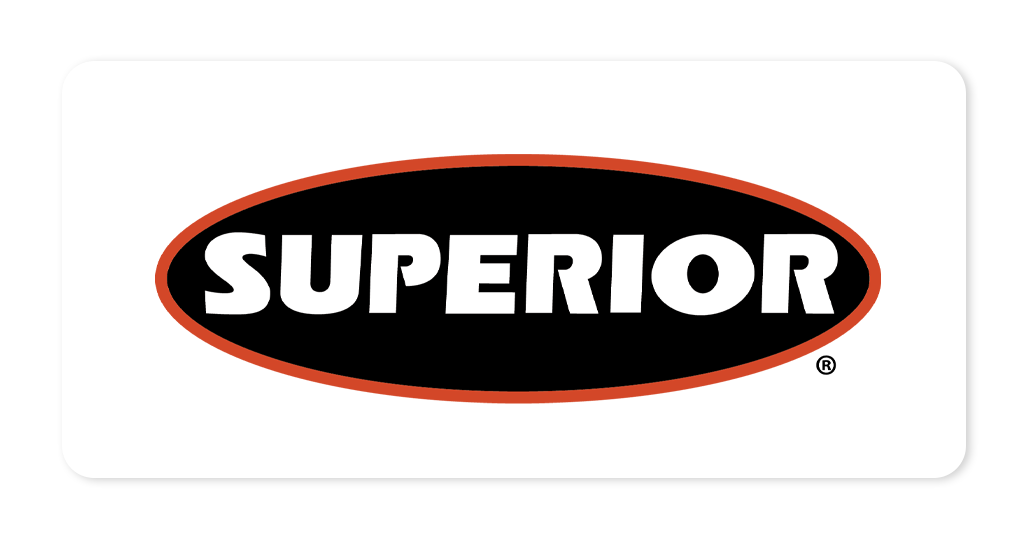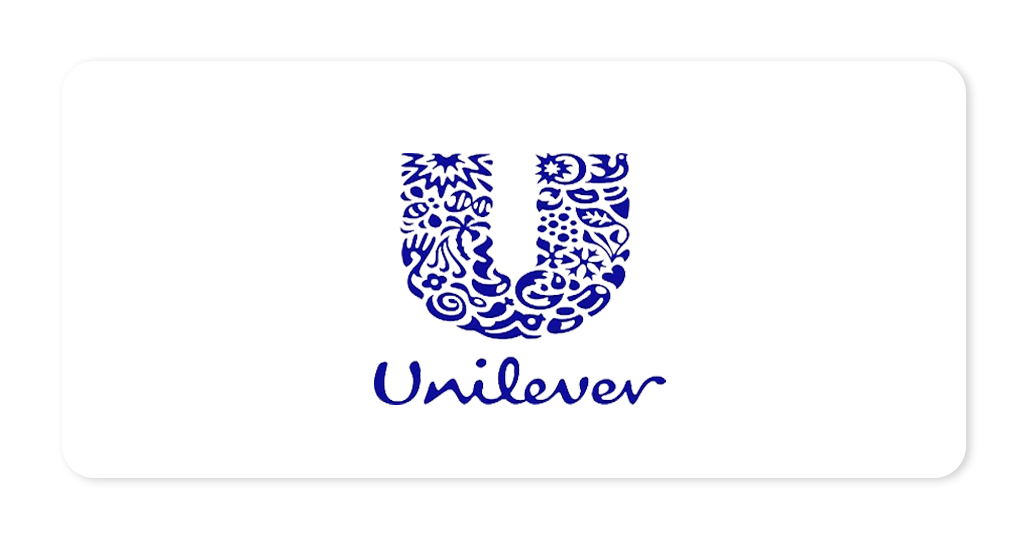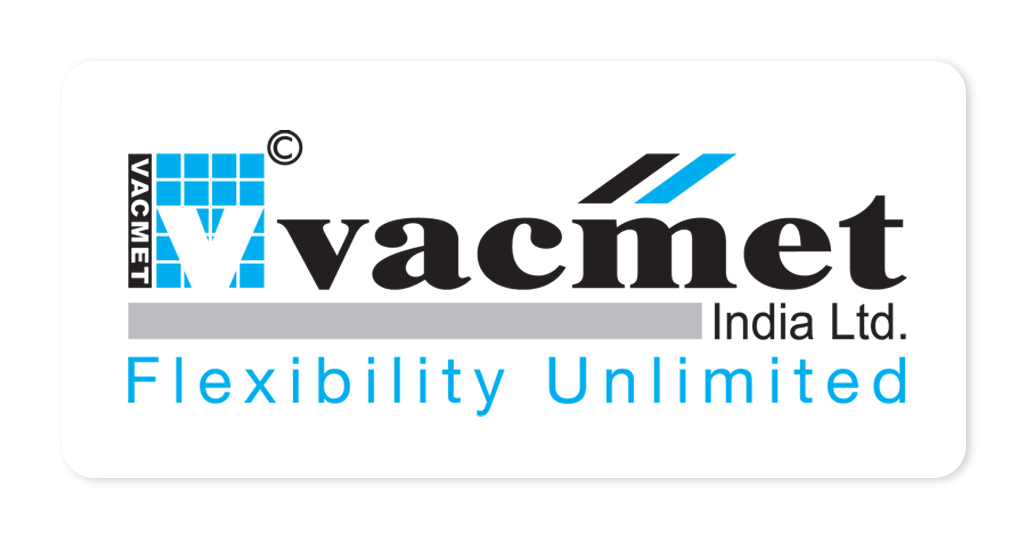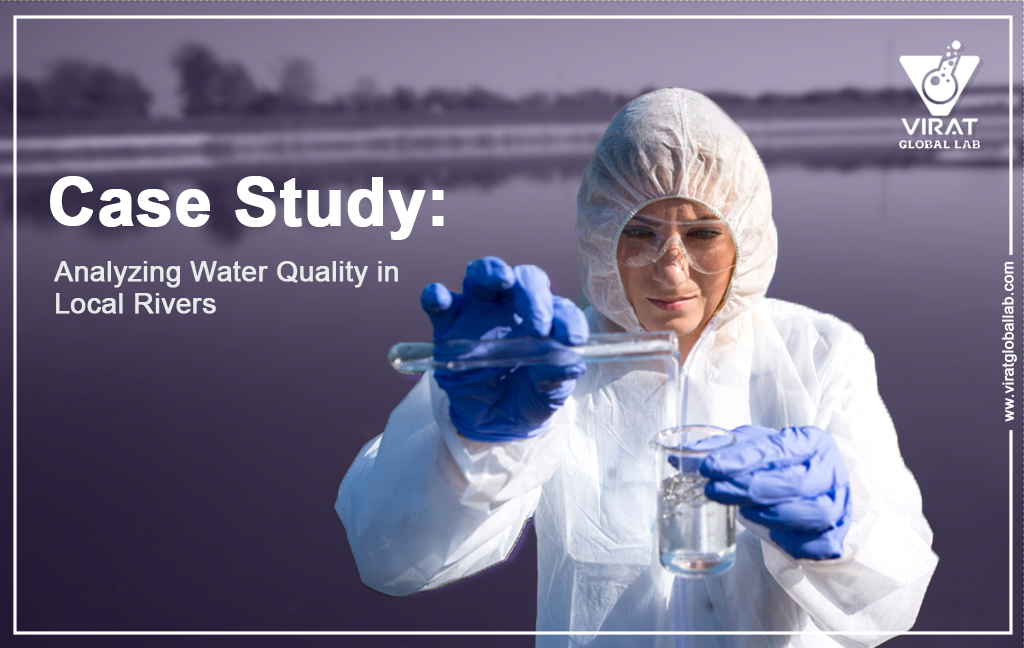
Water is one of our planet's most precious resources, vital not only for sustaining life but also for various industrial, agricultural, and recreational purposes. Ensuring the quality of our water sources is essential for both environmental preservation and public health. In this case study, we delve into the fascinating world of water quality analysis in local rivers, exploring the methods, challenges, and implications of such studies.
Why Analyzing Water Quality Matters
Before we dive into the case study, it's crucial to understand why analyzing water quality is of paramount importance. Poor water quality can have devastating consequences for ecosystems, wildlife, and human communities. Contaminated water can lead to the spread of waterborne diseases, harm aquatic life, and pollute drinking water sources. By studying and improving water quality, we can safeguard our environment and ensure access to clean and safe water for all.
The Case Study: A Closer Look
Our case study focuses on a fictional but representative local river, Riverdale Creek, situated in a suburban area. The study's primary objectives are to:
Methodology
Analyzing water quality involves collecting data on various parameters, including temperature, pH, dissolved oxygen, turbidity, nutrient levels, and the presence of contaminants. Here's a brief overview of the methodology employed in our case study:
Challenges Faced
Water quality analysis is not without its challenges. In our case study, we encountered several hurdles:
Key Findings
Our case study revealed valuable insights into Riverdale Creek's water quality:
Recommendations and Implications
Based on our findings, we propose several recommendations and their potential implications:
Conclusion
Analyzing water quality in local rivers is a critical endeavor that requires scientific rigor, collaboration, and a commitment to preserving our precious water resources. Our case study of Riverdale Creek illustrates the complex nature of water quality assessment and the importance of proactive measures to protect our rivers. By taking these lessons to heart and implementing the recommended strategies, we can strive to ensure clean and healthy rivers for generations to come.
At Virat Global Lab (A Division of Aseries Envirotek India Pvt. Ltd.), we invite businesses, Industries and institutions across various sectors to explore the benefits of partnering with us for their environmental testing and analytical needs.



